In 2019, as part of an adaption to climate change, Bordeaux introduced new grape varieties into the Bordeaux and Bordeaux Supérieur appellations.
Bordeaux traditionally enjoys a moderate maritime climate allowing grapes to ripen slowly, developing complex aromas whilst maintaining fresh acidity. This gives Bordeaux wines their signature elegance and propensity to age.
Bordeaux producers understand climate uncertainty and vintage variations. Despite global warming, frost continues to be an issue -1991, 2017 and more recently 2021 were particularly damaging. Other challenges include humidity thanks to the proximity of the Atlantic Ocean encouraging fungal growth (downy and powdery mildew), rain at flowering or harvest and now hotter summers.
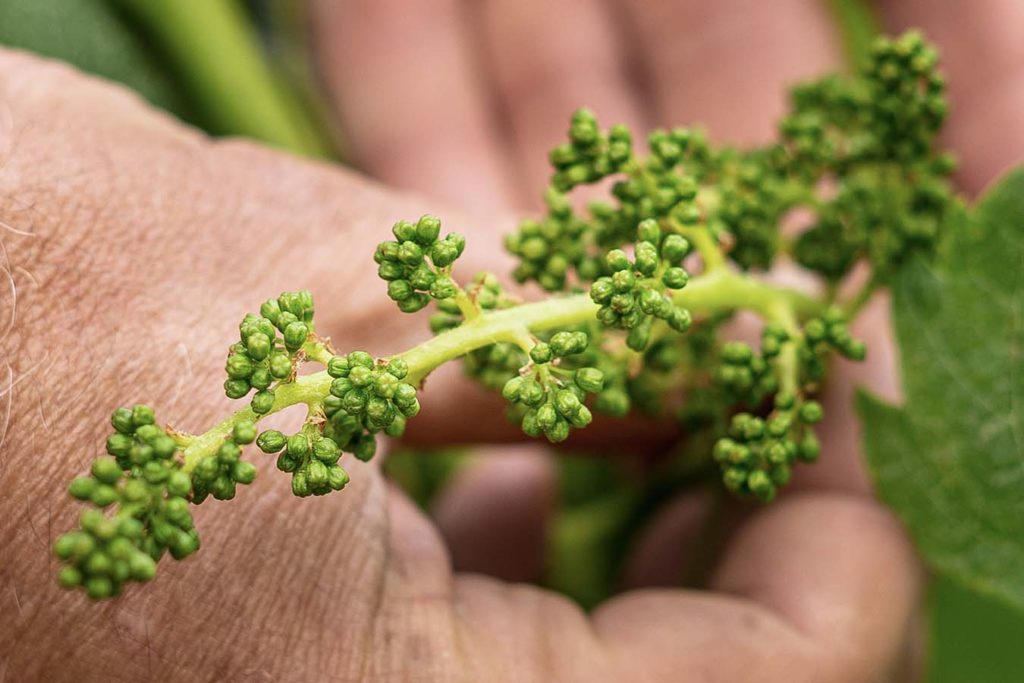
Climate change is bringing a shorter vine growing cycle with earlier ripening and harvesting (approx. 20 days less over the past 30 years), and an increase in hydric stress with changes in yield, alcohol, acidity and aromas in the finished wine.
Although the effects are currently still favourable for the quality of Bordeaux wines, the perspective of the temperature rising 1° or 2°C could have a substantial impact on their style. Bordeaux must still taste like Bordeaux offering consumers aromatic and balanced wines.
Winemakers already have lots of tools available to produce healthy ripe grapes, despite a warmer climate including canopy management, managing planting densities, planting cover crops, strict selection of grapes during and after harvest, adapting winemaking and extraction techniques, and so much more.
The Bordeaux Blend
Blending is one of these tools and it’s a signature of the region. Different grape varieties grow better in the different soils and microclimates across a wide range of terroir and topography of Bordeaux.
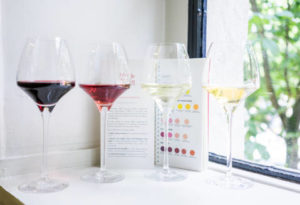
Traditionally Bordeaux AOC wines were limited to six main red grape varieties and up to eight white grape varieties. This already offers growers a catalogue of grape varieties with different growing cycles and ripeness spread over time.
Blending for climate variability
Blending is useful, not only for increasing complexity in the finished wine but also as a way to manage this variability of the climate from one year to another; the famous vintage effect. Blending from this selection allows winemakers to diversify their varietal mix to subtly mitigate the effects of climate change. Older grape varieties, previously more difficult to grow, are now making a comeback. Petit Verdot benefits from warmer growing seasons. In 2000, it was planted on just 375 hectares. By 2019 a 212% increase brought it to 1174 hectares. Adapting to the climate and adding complexity, it’s a win-win. But is it enough?
Proactive
Bordeaux has had a proactive rather than reactive response to these challenges. The CIVB (Conseil Interprofessionel des Vins de Bordeaux –Bordeaux Wine Council) has invested €1.2m annually in on-going research by 200 researchers in over 20 laboratories.
The most newsworthy recent innovation has been the introduction of new grape varieties to the Bordeaux blend.
New vines in the block
In June 2019, Bordeaux was the first French vineyard to include new grape varieties in its AOC specifications. The six ‘new’ grape varieties include four red grape varieties: Arinarnoa, Castets, Marselan and Touriga Nacional and two white grape varieties: Alvarinho and Liliorila.
These things take time; the cycle from planting to producing is around 10 years in Bordeaux. As this is a working experiment, to maintain their AOC, growers are limited to planting just 5% of their vineyards with these grape varieties and they must represent no more than 10% of the final blend for each colour.
Other research in plant material includes studying the effects of global warming on 52 French and foreign grape varieties and 55 different rootstocks, 30 already authorised in France and 25 from abroad. Grown in experimental plots, they are grafted with five emblematic French varieties (Cabernet Sauvignon, Grenache, Pinot Noir, Syrah, Ugni Blanc).
Researchers are also working on creating new varieties hoping to marry typical Bordeaux characteristics with resistance to the fungal diseases whilst integrating adaptation to climate change.
Some Bordeaux wine producers are thinking outside of the box, using varieties that are not allowed within the appellation, and selling wines such as Vin de France. In Entre deux Mers, alongside their Bordeaux range, the Courselle sisters at Château Thieuley produce both a Chardonnay and a Shiraz under the Les Truffières label.
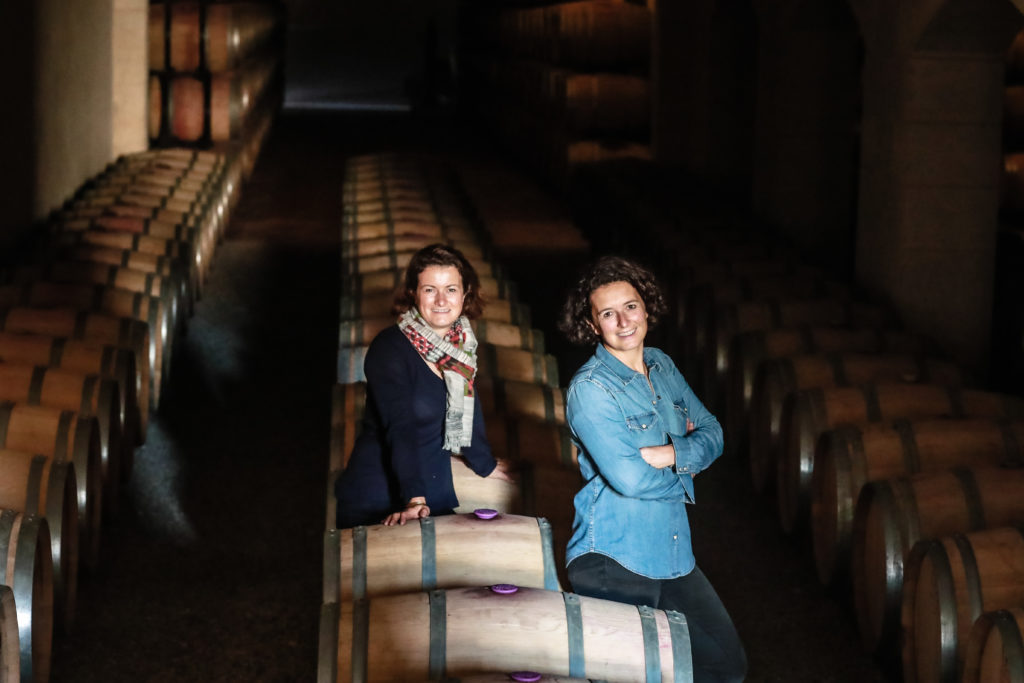
Château la Fleur de Bouard also produce a 100% Chardonnay, 100% Syrah and a 100% Pinot Noir alongside their Bordeaux blends. Their Bordeaux blends are also unusual, Le Lion de la Fleur de Bouard has an unusually high percentage – 15%- of Petit Verdot for a right bank wine and the neighbouring.
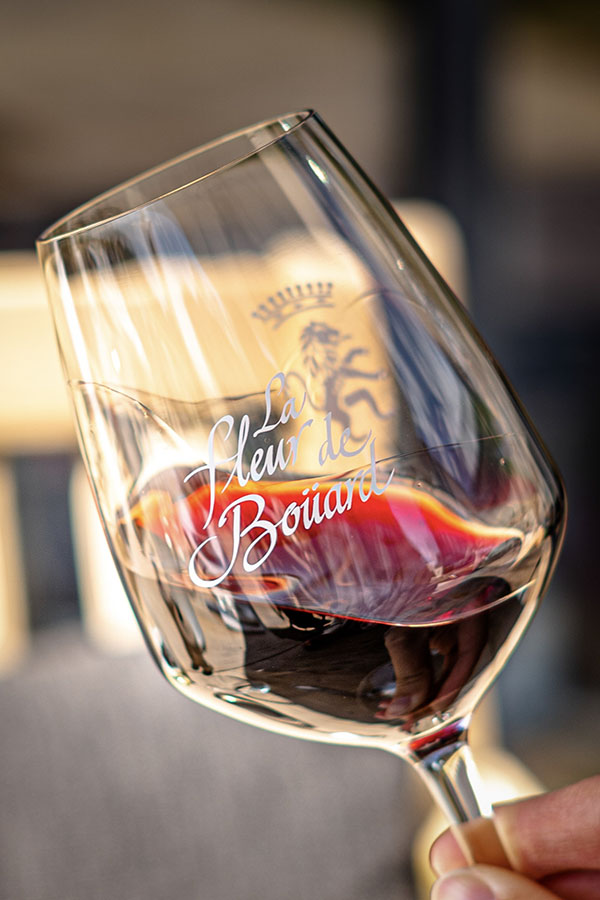
Their wine “Château Tour du Pas Saint-Georges” has the full complement of the traditional red varieties, Merlot, Cabernet Franc, Cabernet Sauvignon, Petit Verdot, Malbec and Carmenère. The whole of Bordeaux is right there in one bottle!
In Margaux, Le Blanc du Tertre from Chateau du Tertre also has a non-Bordeaux blend, Chardonnay, Viognier and Gros Manseng alongside Sauvignon Blanc they produce just 6000 bottles from under 2ha of vines.
Their neighbour, Chateau Palmer, produces a tiny amount of dry white Vin de France. Old bottles found at the property suggested white wine was produced there in the early 1900s, they revived the tradition with a tiny production in 2007 using a blend of 50% Muscadelle, 35% Loset and 15% Sauvignon Gris. It’s hard to find but worth the search.
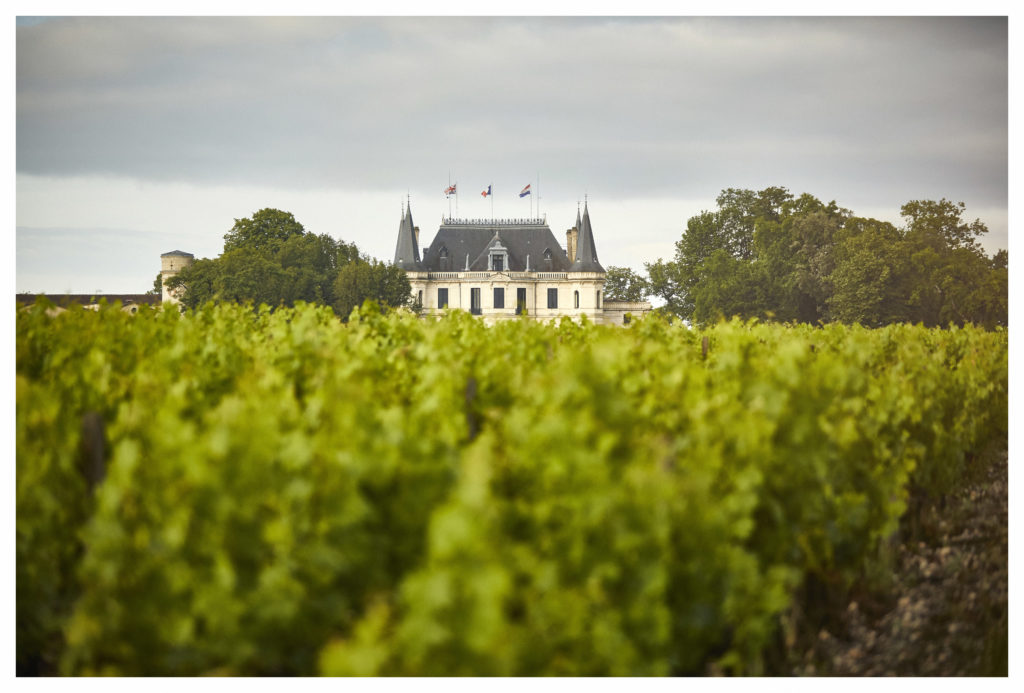
Another nod to history is their “Historical XIXth Century Wine”. It’s a wine that reaches across France, by adding 10-15% Syrah from the northern Rhône to a blend of Merlot and Cabernet from the Château. First created in 2004, following a tasting by director Thomas Duroux of an 1869 “hermitagé” or “ermitagé” Palmer. Adding powerful Syrah from l‘Hermitage in the Rhône to lighter Bordeaux was a 19th-century, pre-appellation tradition. Only about 100-400 cases are produced and not every vintage, the 2004 was followed by 2006 and 2010.
Chateau le Grand Verdus in the Entre Deux Mers also has a close link with the Rhone. Their Gravière is made from 1 ha of 100% Syrah planted in 2017 with vines sourced by in the “massal selection” from vineyards in Cornas planted back in 1929.
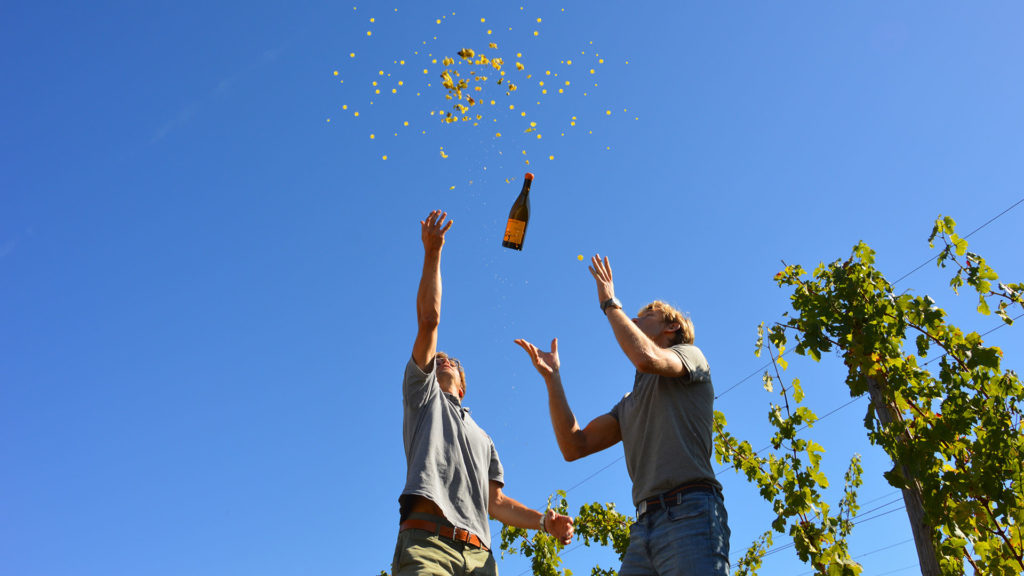
In two thousand years of wine production, a delicate balance has been established in Bordeaux between the terroir, the climate and selected grape varieties. The Bordeaux Blend is one of the traditional signatures of Bordeaux; its dynamism could also be the guarantee of its future.
Wendy Narby
Photos credits : © Chateau La Fleur de Bouard © CIVB © Chateau Thieuley © Chateau Palmer - Photo Olivier Metzger - Chateau et vignoble